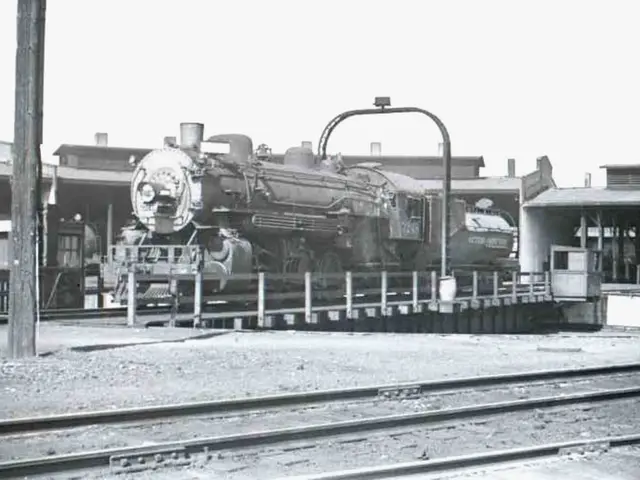Latest developments in the Austin light rail construction project
Get Ready, Austin! The Austin Light Rail Phase 1 Kicks Off
Say hello to a brand new era of public transit in Austin, Texas! The Austin Transit Partnership (ATP) has officially set the wheels in motion for the Austin Light Rail Phase 1 project, a massive $7.1 billion undertaking set to transform the city's transport network.
Here's a lowdown on what you can expect in the coming years.
The Big Bang: The Construction Contract
After much anticipation, ATP has announced the release of the solicitation for the final design and construction contract of Austin Light Rail Phase 1. This key milestone means that the game is officially on!
Aiming to break ground in 2027 and commence passenger service by 2033, the contract, estimated at a whopping $3 billion, will span nearly every aspect of the 10-mile, 15-station light rail system, including tracks, stations, bridges, utilities, drainage, traffic signals, and public amenities. Don't forget the new bridge over Lady Bird Lake and miles of pedestrian and cycling pathways!
Design and Build: The Engineering Dream Team
Following a two-step progressive design-build process, the project has already begun to stir up competition in the industry. The process started with a Request for Qualifications (RFQ) issued on June 5, with qualified teams invited to submit their applications by July 3, 2025. As they make their way through the competitive Request for Proposals (RFP) phase, ATP expects to award the contract in early 2026.
In a bid to boost industry players and prepare them for the challenge, ATP hosted a "Connect and Build" industry event and issued a Request for Information (RFI) back in February 2025.
The Road Ahead:
Designed for scalability, this all-electric system will offer service every 5 to 10 minutes, connecting key job centers, education hubs, and downtown destinations. With AECOM on board as the delivery partner, the first phase of the light rail project will be a game-changer when it comes to Austin's mobility and connectivity.
The Dallas-based firm will oversee project management, environmental services, design management, rail activation, operational readiness, and lead the technical team of subconsultants. With federal funding covering around 50% of the project's expenses, this collaborative partnership promises to bring economic opportunities to the people of Austin.
Once completed, be prepared to explore major destinations across the city, including the University of Texas at Austin, and the Austin Airport in future expansions.
Join the Movement: Project Connect
The Austin Light Rail Phase 1 is more than just a transport project. It is part of a larger community effort to expand transit options throughout the Austin area, creating employment opportunities, improving access to healthcare, education, and other necessities, and encouraging the development of affordable housing projects.
At its core, Project Connect aims to connect people to opportunities, fostering a future of limitless interconnectedness for the residents of Austin and the United States as a whole.
Stay tuned for more updates as the Austin Light Rail Phase 1 project moves forward! 🚀
The Austin Light Rail Phase 1 project, being part of Project Connect, seeks to foster a future of interconnectedness in Austin. As the Dallas-based firm, AECOM, takes charge of project management and environmental services, it's expected that real estate developments and sports destinations will complement the infrastructure of the 10-mile light rail system. The project's design and construction, spanning various aspects such as utilities, bridges, and pedestrian pathways, will stimulate the local economy and provide opportunities for collaboration between engineering and construction companies.





